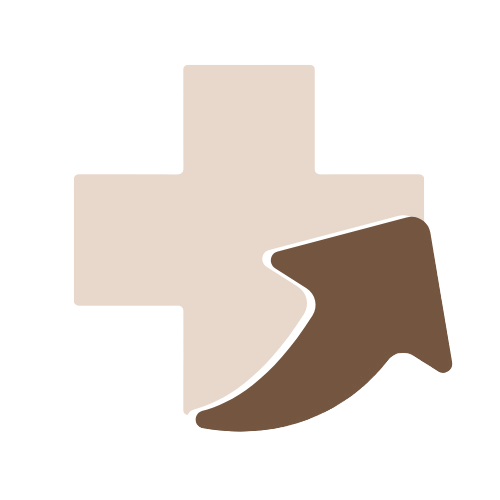Shingles
Overview
Shingles, also known as herpes zoster, is a viral infection that causes a painful, blistering skin rash. It occurs when the varicella-zoster virus, the same virus that causes chickenpox, reactivates in the body after lying dormant in nerve tissues. Shingles can affect anyone who has previously had chickenpox, and it is more common in older adults or people with weakened immune systems. The condition typically affects one side of the body or face and is characterized by a distinctive band-like rash. While shingles is not life-threatening, it can cause severe pain and complications, making early treatment important for faster recovery and reduced risk of long-term effects.
Causes
Shingles is caused by the reactivation of the varicella-zoster virus (VZV), which remains dormant in nerve cells after a person recovers from chickenpox. The exact reason for the virus reactivating is not always clear, but several factors increase the risk:
- Aging: The immune system naturally weakens with age, making older adults more susceptible to shingles.
- Weakened immune system: Conditions like HIV/AIDS, cancer treatments, or immunosuppressive drugs can trigger reactivation.
- Stress: High levels of physical or emotional stress may contribute to a weakened immune response.
- Injury or trauma: Physical injury near nerve tissues can potentially trigger shingles.
- Certain medical conditions: Chronic diseases like diabetes may increase vulnerability.
Symptoms
Shingles typically develops in stages and presents with the following symptoms:
- Initial symptoms: Burning, tingling, or numbness in a specific area of the skin, often accompanied by localized pain and sensitivity.
- Skin rash: Within a few days, a red rash develops, usually in a band-like pattern on one side of the torso, face, or neck.
- Blisters: The rash turns into fluid-filled blisters, similar to chickenpox, which eventually burst and form crusts.
- Pain: Pain can be mild to severe, and in some cases, persists even after the rash heals (postherpetic neuralgia).
- Fever and fatigue: Some individuals may experience low-grade fever, chills, and general malaise.
- Itching or irritation: Common around the rash area, especially as blisters form and heal.
- Eye involvement: If the virus affects the eye (herpes zoster ophthalmicus), it can cause vision problems and serious complications.
Diagnosis
Shingles is typically diagnosed through clinical evaluation and may include the following steps:
- Medical history: The doctor will ask about previous chickenpox infection, age, immune status, and symptom onset.
- Physical examination: The characteristic rash and distribution help confirm the diagnosis.
- Laboratory tests: In unclear cases, tests like PCR (polymerase chain reaction) can detect varicella-zoster virus DNA from blister fluid.
- Tzanck smear: A skin scraping examined under a microscope may show changes typical of herpes virus infections.
Treatment
Prompt treatment can help reduce the severity and duration of shingles and lower the risk of complications:
- Antiviral medications:
- Acyclovir, valacyclovir, or famciclovir are commonly prescribed to reduce viral activity and speed healing, especially if started within 72 hours of rash onset.
- Pain management:
- Over-the-counter pain relievers such as acetaminophen or ibuprofen.
- Prescription pain medications, nerve blockers, or antidepressants for severe pain.
- Topical treatments: Calamine lotion or cool compresses can relieve itching and skin irritation.
- Corticosteroids: May be prescribed in some cases to reduce inflammation, though they are used cautiously.
- Eye care: Immediate ophthalmologic consultation is needed if the eye is affected.
- Rest and hydration: Getting adequate rest and maintaining hydration aids in recovery.
Prognosis
The prognosis for shingles is generally good, especially with early treatment. Most people recover within 2 to 4 weeks, and the skin heals without scarring. However, some individuals, particularly older adults, may experience complications:
- Postherpetic neuralgia (PHN): Persistent nerve pain after the rash clears, which can last for months or years in some cases.
- Vision problems: If shingles affects the eye, it can cause vision loss or long-term eye issues.
- Skin infections: Open blisters may get secondarily infected, requiring antibiotics.
- Neurological issues: In rare cases, shingles can lead to hearing loss, balance problems, or inflammation of the brain (encephalitis).
Vaccination with the shingles vaccine (Shingrix) is highly effective in preventing shingles and its complications in older adults and those at risk. Overall, with prompt care and prevention strategies, most individuals experience a full recovery with minimal long-term effects.
